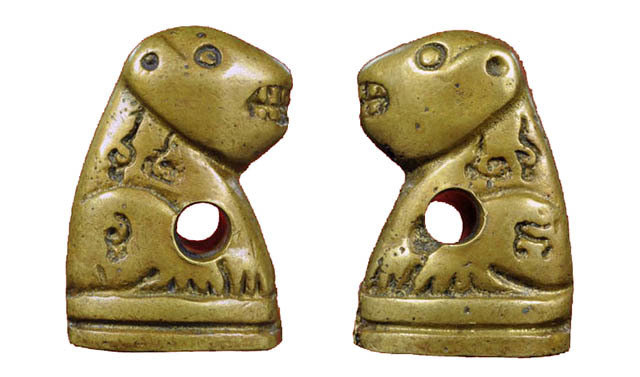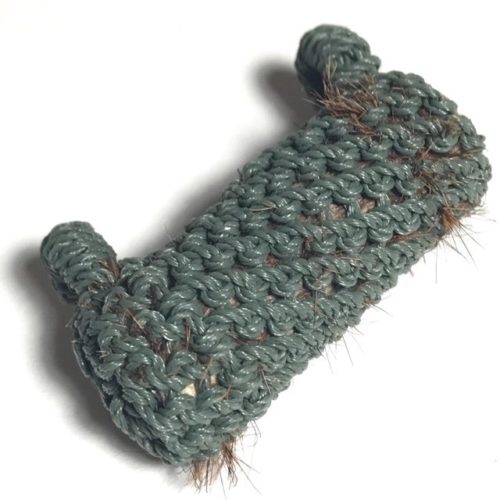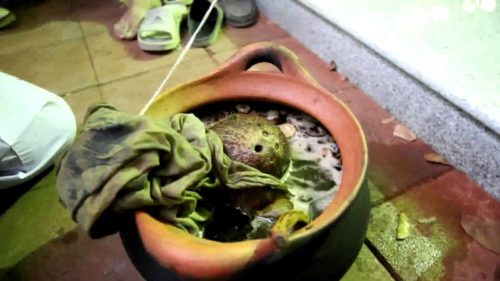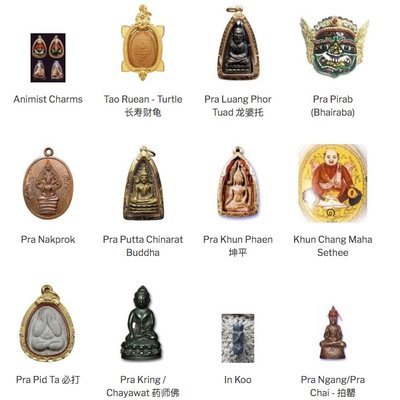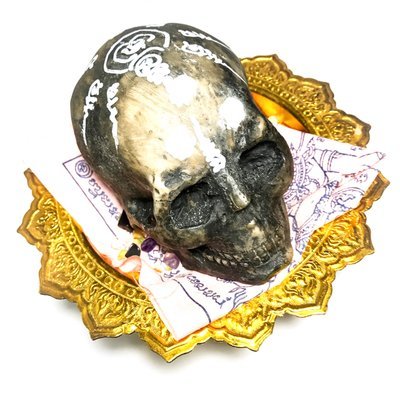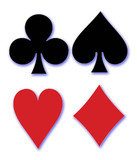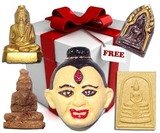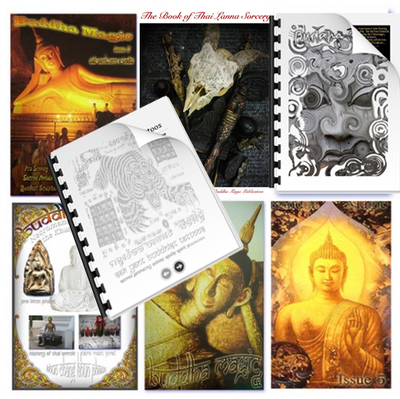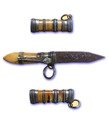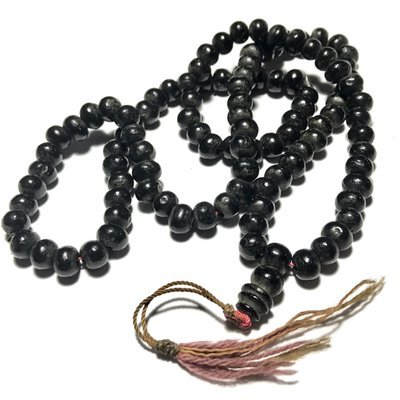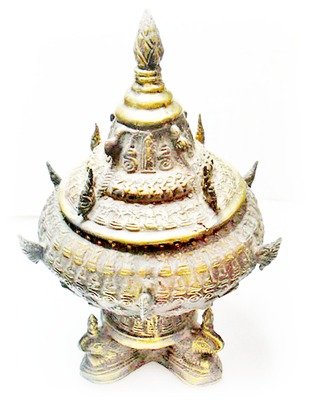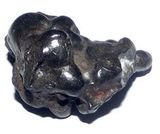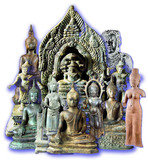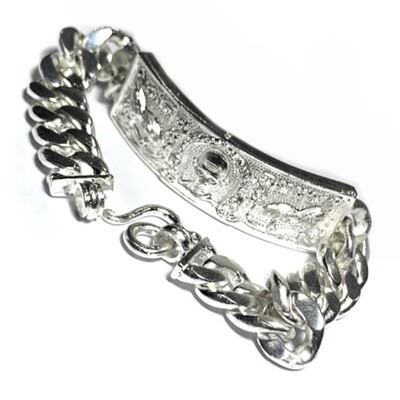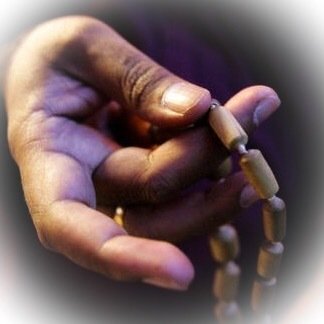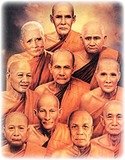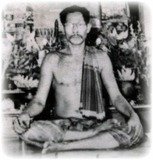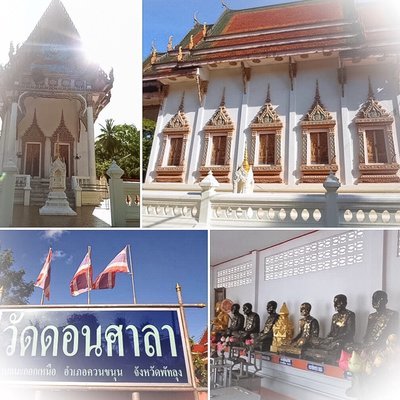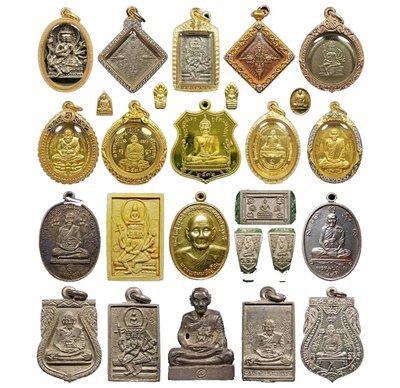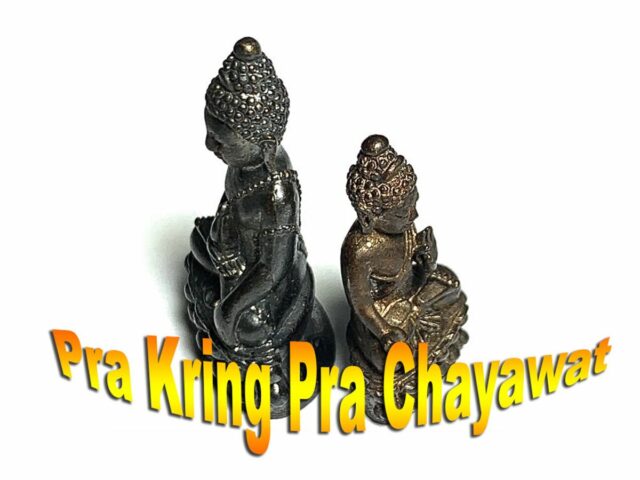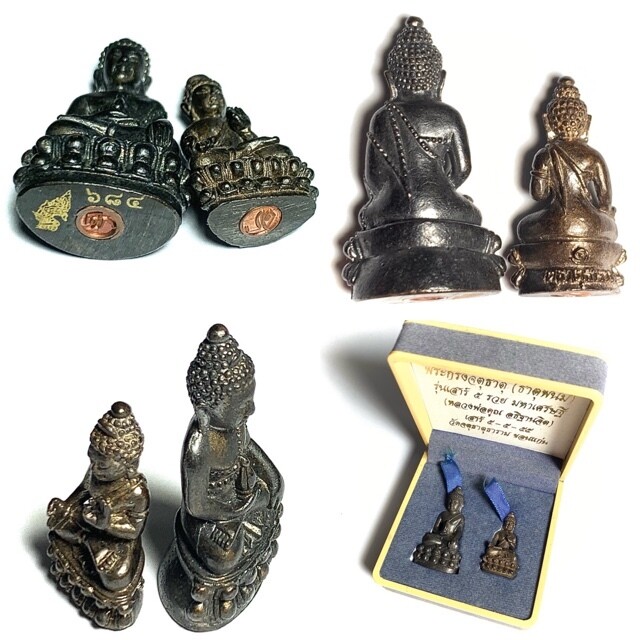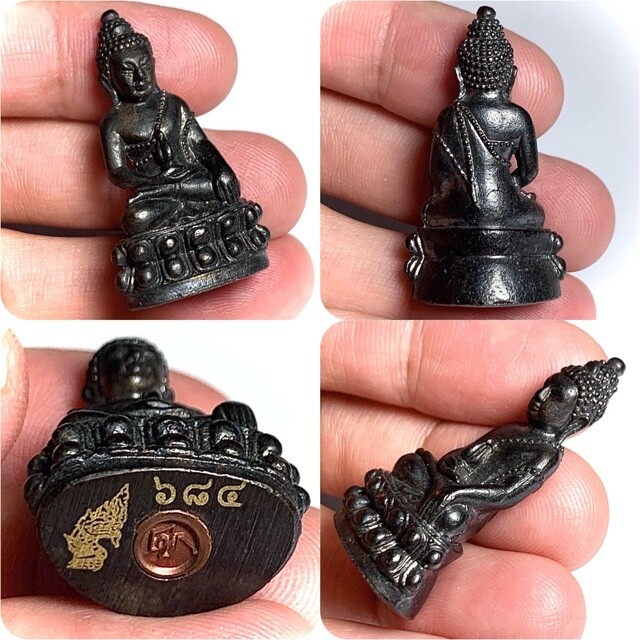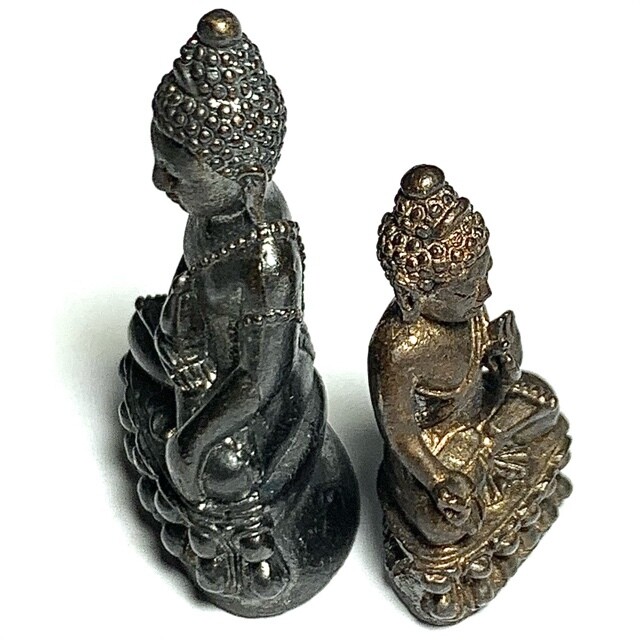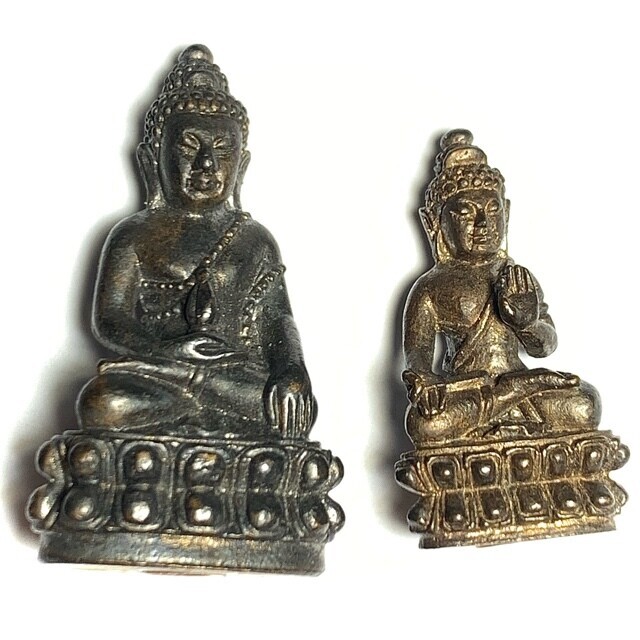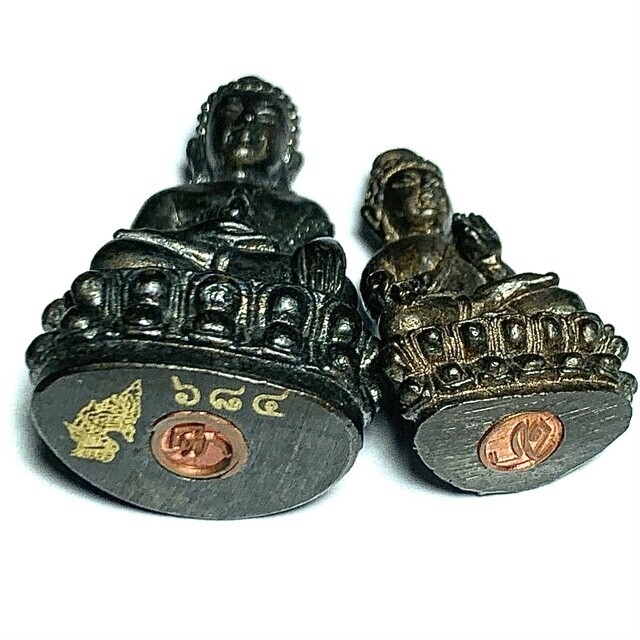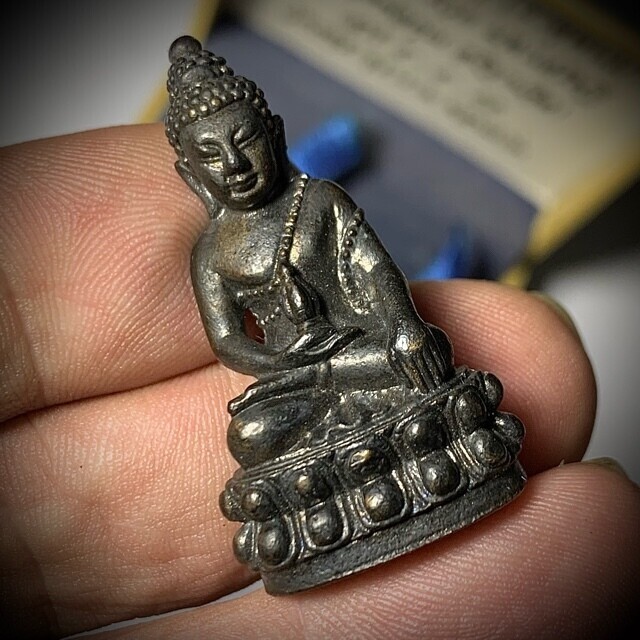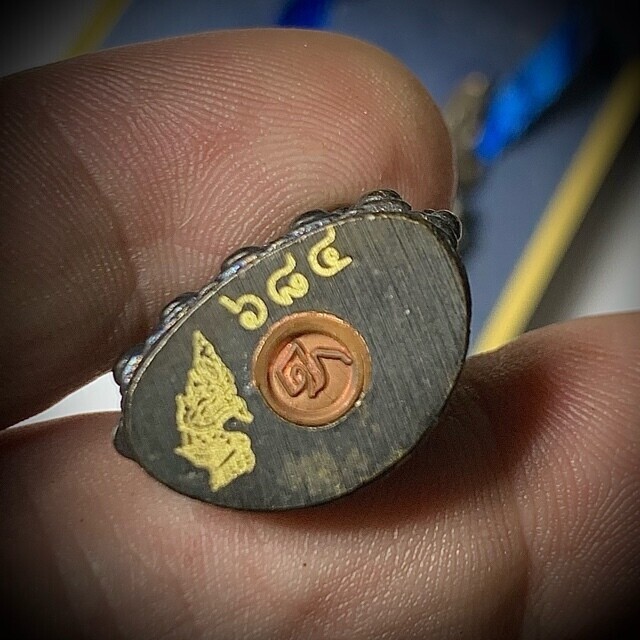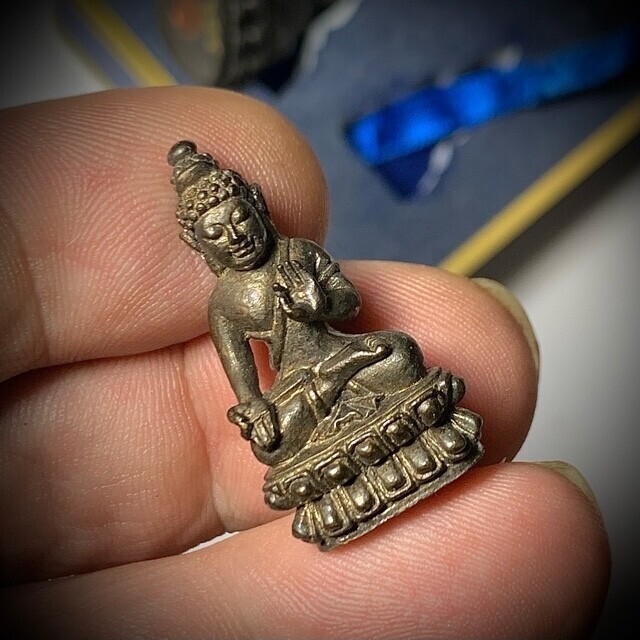What is the Wicha Suea Maha Amnaj?
Emperor Tiger of Commanding Power
The Wicha Suea Maha Amnaj refers to the sacred knowledge or occult practice related to tiger amulets endowed with powerful command and dominion, and defensive attributes. “Wicha” translates to magical knowledge or occult science in Thai. “Suea” means tiger, and “Maha Amnaj” signifies great dominion or commanding power. Thus, Wicha Suea Maha Amnaj can be understood as the mystical practice of producing tiger amulets that confer great dominion and commanding presence upon the wearer. . The tiger, or “Suea” in Thai, is a symbol of strength, courage, and ferocity. Tiger amulets are believed to channel the animal’s inherent power, providing the wearer with protection, authoritative presence, and the ability to overcome obstacles. These amulets are often created and blessed by revered monks and lay masters, who perform intricate rituals to imbue them with spiritual power.
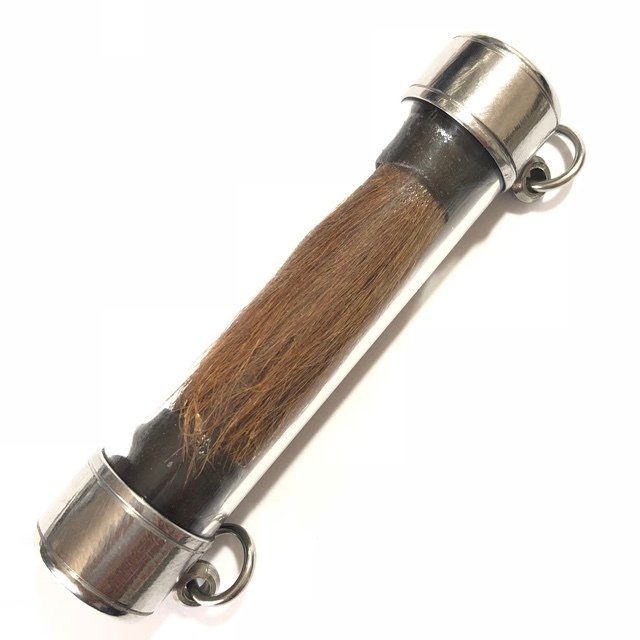
Takrut Hnang Suea Kroeng Tiger Fur Amulet by the Great Luang Phu Nong Tammachodto (Wat Wang Sri Tong, Surin)
These amulets are believed to imbue the bearer with qualities akin to a tiger—strength, fearlessness, influence, and invincibility. The amulets are often used for safeguarding, invulnerability (Klaew Klaad), and to instill respect and command (Maha Amnaj).
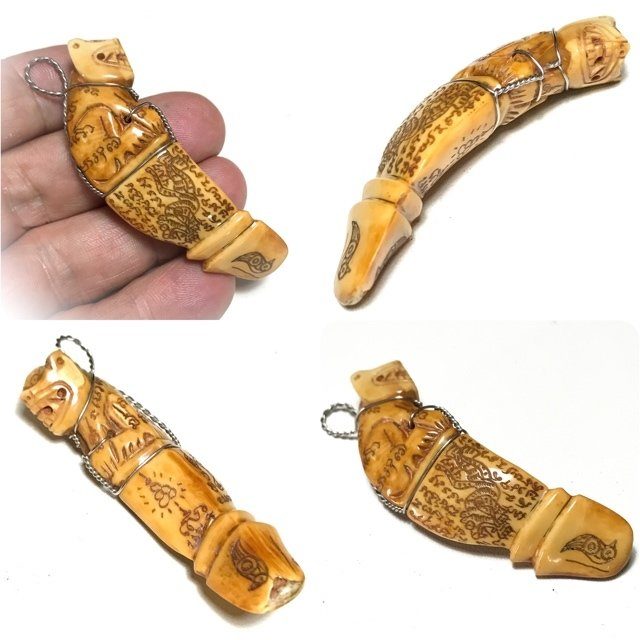
Hand carved and inscribed tiger amulet in the form of a Palad Khik Lingam, created by Luang Por Sawai of Wat Bridaram. Known for his distinctive hand inscriptions, Luang Por Sawai’s talismanic charms are highly sought after. This particular amulet features a wild boar’s tooth, a carved tiger on the hilt, and Sariga Yantra spell inscriptions.
The “Top Thai Tiger Amulets and Their Masters” include:
Luang Por Parn (Wat Bang Hia / Wat Bang Bor) is highly revered for his powerful protective and commanding tiger amulets, often featuring intricate designs. His predecessor, Luang Por Ruean, also made significant contributions to this tradition.
Luang Phu Nak of Wat Arun, also known as the Temple of the Dawn, was an extremely revered monk, and his status for Tiger amulets is said to be among the top five of all Masters of all Time, particularly noted for his Tiger forehead skin amulets.

Luang Por Nok (Wat Sangkasi), as the first direct apprentice of Luang Por Parn, continued the legacy of creating potent tiger amulets known for their protective and dominant qualities. His amulets are highly regarded and are considered essential for serious amulet collectors.
Luang Por Say (Wat Bang Bor), a significant figure in Luang Por Parn’s lineage, created amulets from bear and tiger teeth and fangs, cvsrved bone and ivory like his Kroo Ba Ajarn before him (Kroo Ba Ajarn Means ‘Root Guru Mentor Teacher’), and empowered with the same powerful protective and commanding presence. His apprenticeship under both Luang Por Nok and Luang Por Parn ensured the continuation and enhancement of this potent Wicha.
Luang Por Wongs (Wat Bariwas) is famed for his Loi Ongk statuettes of seated tigers, known for their unique designs and potent protective qualities. These amulets are considered some of the most beautiful and effective tiger amulets ever created.
Luang Phu Sukh (Wat Pak Klong Makham Tao) is known for his Hnaa Phaag Suea (tiger forehead) and Hnang Suea (tiger skin) amulets, highly esteemed for their spiritual and protective powers, believed to offer invincibility and commanding presence.
Luang Por Phern Tidtakuno (Wat Bang Pra) is synonymous with the Wicha Suea Maha Amnaj. His tiger amulets, including the ‘Ride the Tiger’ and Suea Koo, are legendary for their power to bestow invincibility and influence. Luang Por Phern’s amulets are among the most sought-after in the realm of Thai amulets.
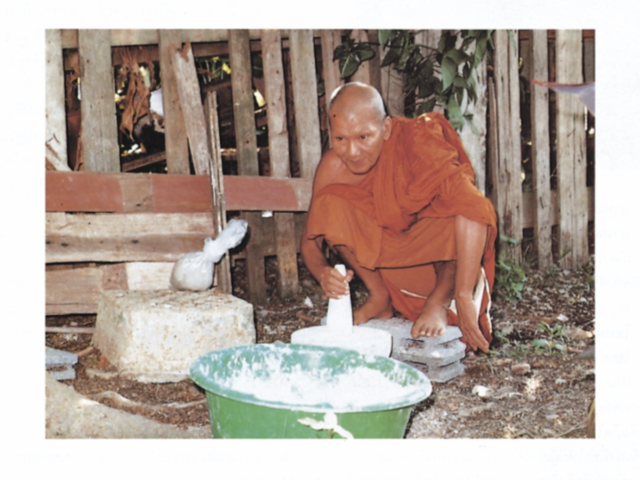
Luang Por Phern of Wat Bang Pra; Luang Por Phern Tidtakuno of Wat Bang Pra is a revered figure in Thai Buddhism, known for his unparalleled mastery of the Wicha Suea, which includes the powerful Sak Yant and tiger amulets. His expertise in these mystical arts has earned him a legendary status among devotees and collectors alike.
Luang Por Phern’s image is often depicted as seated riding upon the back of a tiger, symbolizing his command over the fierce and protective energies associated with the tiger spirit. This imagery underscores his mastery of the Wicha Suea, a sacred knowledge that harnesses the tiger’s formidable power for protection and authority
Luang Por Tong Sukh (Wat Tanode Luang) is renowned for his Takrut Hang Hnaa Phaag Suea (tiger forehead) amulets, known for their potent protective and commanding qualities. These amulets are highly valued by collectors and practitioners alike.
Luang Por Te Kong Ton (Wat Sam Ngam) is known for his Takrut Hnaa Phaag and Hnang Suea amulets, celebrated for their powerful spiritual properties and highly sought after for safety and dominance.

Tiger forehead skin amulets, or Hnaa Phaag Suea, are renowned for their potent protective and commanding qualities. These amulets are crafted using the skin from the forehead of a tiger, which is believed to imbue the wearer with the tiger’s strength, dominance, and invincibility. The tradition of creating these amulets is deeply rooted in Thai occult practices and has been carried forward by several esteemed masters.
The Meaning of Maha Amnaj Magic
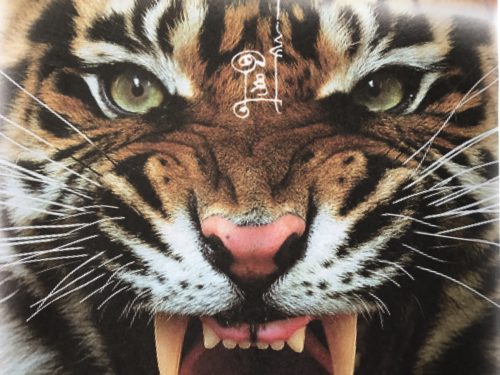
The Wicha Suea is a highly effective technique, frequently utilized for enhancing personal strength, ensuring safety, and drawing wealth and prosperity. Given its origins in the mysterious and powerful dark arts, those who engage in this practice must do so wisely and respectfully.
The word “Maha Amnaj”in Thai, roughly translates to “grand authority” or “commanding power,” and is significant in the context of tiger amulets. These amulets are believed to confer upon the wearer an aura of influence, respect, and fearlessness, which is highly valued in Thai culture, particularly in leadership and protective contexts.
Below; “Nam Man Suea Saming Prai of Kroo Ba Sri”
This potion is a creation of the respected and revered figure in the spiritual world, Kroo Ba Sri. Nam Man Suea Saming Prai Oil is a type of spiritual oil, often used in rituals and prayers for various purposes, including seeking protection, enhancing personal power, and attracting good luck. The word “Saming” refers to the wild jungle ghosts or spirits, and “Prai” refers to the animistic spirits of the earth, air, fire, and water. This potion is believed to contain the essence of these spirits, harnessing their power to benefit the user. Kroo Ba Sri is a well-known and trusted spiritual practitioner, adding to the credibility and desirability of this potion.
Nam Man Prai Suea Saming has been used by Warriors, Sorcerors, Gangsters and Policement and Business Millionaires for centuries, as a method of remaining on top, and in control, and defence against Black Magick of all kinds. If a person is afflicted with a spirit, possessed or cursed, or ill from Black Magick, then Luang Phu Kroo Ba Sri says that to smear some of the oil will banish the Afflictive Magick
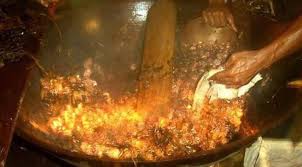
Nam Man Suea Prai Oil Being Made in Cauldron using Herbal Method, for the later immersion of Guru Monk Coins in a later empowerment ceremony
Wicha Suea Maha Amnaj is a deeply respected and significant field within the realm of Thai occult practices. This discipline is primarily concerned with the creation of intricate tiger amulets, which are believed to provide substantial dominion and protection to their bearers. These amulets are not merely viewed as spiritual artifacts, but also as symbols of historical significance, showcasing the rich cultural heritage of Thailand.
The top ten tiger amulets, as documented popularly by some of the most prominent authors and experts in the field, about the Tiger amulets of the great Sorcerer-Monks, Lersi Sages and Lay Masters of Thai history, are highly prized. These 10 or a dozen or so masters, include Luang Por Parn, Lusang Phu Sukh, Luang Por Sawai (Wat Bridaram), The Great Luang Por Phern of Wat Bang Pra, Luang Por Nok, and Luang Por Say, have made significant contributions to the tradition of Thai amulet-making. Their works are not only admired for their spiritual and protective qualities but also for their intricate artistry, which reflects the high level of skill and dedication involved in the creation process.
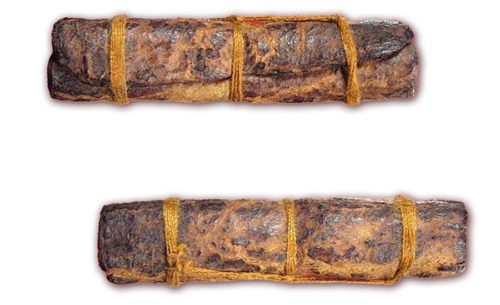
Takrut Hnaa Bpaag Suea – Tiger Forehead Skin amulet spellbound hide scroll from Luang Phu Nak of Wat Arun (Temple of the Dawn). Believed powerful Maha Amnaj (Commanding Power), Kong Grapan Chadtri (Invincibility), Klaew Klaad (Evade Dangers), Maha Ud (Gunstopper), and Gae Athan (Anti Black Magick)
The Wicha Suea Maha Amnaj, as preserved and advanced by these revered masters, continues to endure, providing a spiritual link to the past for future generations. Each amulet is a testament to the deep-rooted belief in the power of these symbols and the respect accorded to the masters who created them.
